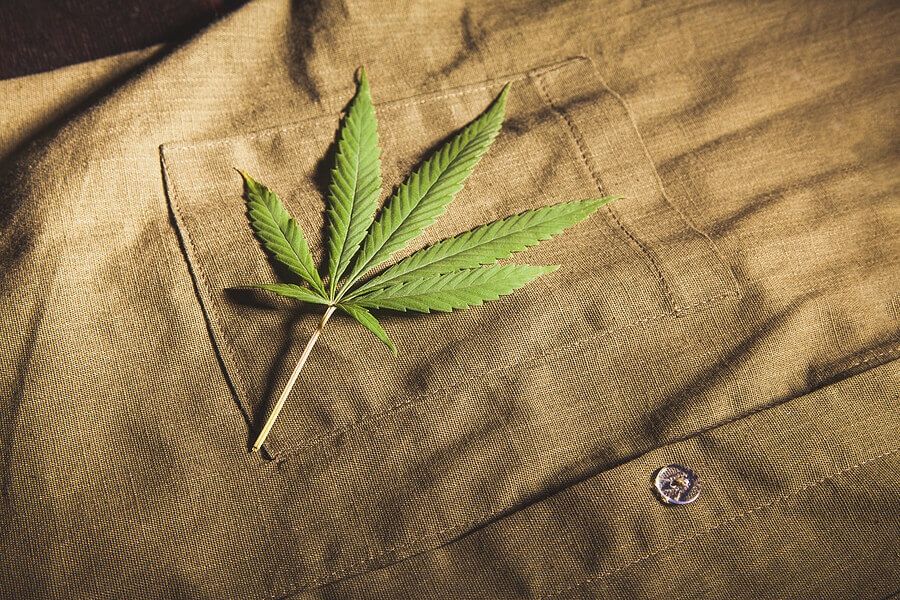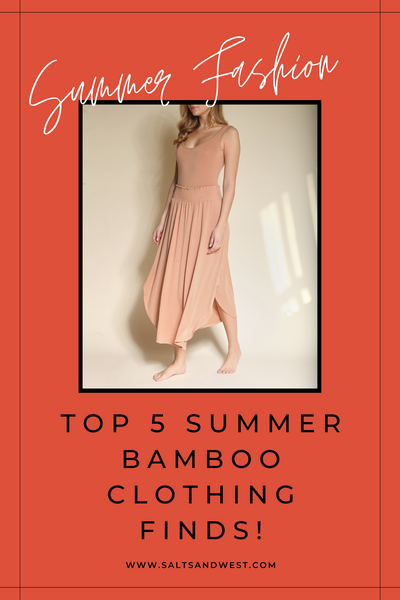Free Suggestions On Deciding On Bamboo Clothing
Wiki Article
What Does Hemp Compare To Cotton With Regard To Water Use, Pesticides/Herbicides?
Hemp is regarded as a sustainable crop when compared to cotton with regard to the use of water, pesticides and herbicides due to a variety of reasons.water Usage-
Hemp- Hemp has a relatively low water requirement compared to other crops like cotton. Hemp is a drought-resistant plant and can survive with minimal irrigation. Hemp is usually cultivated using only rainwater.
Cotton- Combed cotton is renowned for its extensive use of water. The cultivation of cotton often requires extensive irrigation, which can deplete local resources of water and cause water shortages in areas that are water stressed. Cotton farming has been criticized due to its high water use.
Herbicides and pesticides
Hemp- Hemp is naturally resistant to many pests and diseases, reducing the need for synthetic herbicides and pesticides. Although some hemp crops require pest control, in general the dependence on chemical is lower than many other crops, including cotton. The cultivation of hemp organically is almost non-pesticide.
Cotton- Conventional cotton farming is heavily dependent on synthetic pesticides. Herbicides are also employed to manage the growth of weeds. The application of these chemicals could cause environmental harm such as water and soil pollution, harm to species that are not targeted as well as the growth of pesticide-resistant insects.
Summary: Hemp is a more environmentally sustainable crop than most when it comes to the use of water, pesticides, and herbicides.
Hemp is a plant that requires less water than other crops and can be cultivated without the need for irrigation or rain.
Hemp is naturally resistant to many pests and diseases which means that it is less reliant on synthetic pesticides.
Hemp is typically grown with lower levels of herbicides and pesticides compared to traditional cotton.
It is important to keep in mind that environmentally sustainable and sustainable methods differ between different growers. The organic farming method also contributes to the sustainability of hemp as well in cotton, by reducing the amount of synthetic chemicals that are used and improving the health of the soil. Regarding the environmental impact on clothes and textiles, choosing sustainable and organic fibers will minimize the environmental footprint. See the most popular hemp clothes for more info including patagonia hemp overalls, hemp clothing near me, hemp pants mens, hemp clothing wholesale, hemp garments, hemp hoodie, womens hemp clothing, organic hemp hoodie, patagonia hemp island pants, hemp boxer shorts and more.

What Makes Hemp Fibers Breathable And Moisture-Wicking?
Hemp fibers possess unique chemical and structural characteristics that make them breathable moisture-wicking, and thermoregulatory. These properties result from the combination of the following factors microscopic structure: Hemp fibers have a porous, hollow structure that allows air to circulate through the fibers. This porosity make them extremely breathable. The structure, when knitted or knitted, allows air to flow, promoting ventilation, and preventing heat and humidity from building up against the body.
Wicking and Absorption of Moisture- Hemp fibers are hydrophilic that means they have a strong affinity for water and can absorb moisture readily. The fibers in hemp clothing are able to absorb sweat, moisture and eliminate the sensation that your skin is damp. Additionally, hemp fibers are efficient in wicking water away from your body, spreading it across a larger surface of the fabric so that it evaporates more quickly. This feature of wicking moisture keeps you feeling comfortable and dry when you are engaged in vigorous physical activities or in hot temperatures.
Hemp fibers regulate the temperature naturally. They can entrap warmth close to the skin's surface when it's cold. When it is hot, they allow the heat and moisture to escape. This allows for cooling of the body. Hemp clothing is appropriate for all temperatures and activities because of its inherent thermoregulatory properties.
Hemp fibers are naturally antimicrobial and they can impede the development of bacteria that produce smells. This feature helps keep hemp clothing fresh and free from odors even after prolonged physical exertion.
Hemp clothing is tough and long-lasting. It is able to be washed and worn over and over without losing its breathability and the ability to remove moisture. This durability increases the life of hemp clothes. It reduces the need for replacements and the impact on the environment.
UV Protection- Hemp fibres offer a natural UV protection that shields your skin from damaging UV radiation. The ability of hemp clothing to block UV radiation is ideal for outdoor sports.
It is important to remember that these qualities are inherent in hemp fibers and are not dependent on chemical treatments or other additives. Hemp's natural characteristics are what make it an eco-friendly and a comfortable fabric, particularly for activewear, outdoor clothes and warm weather clothing. Additionally, these characteristics remain the same even after hemp fibers are converted into textiles. Follow the top look at this for hemp clothing for website advice including hemp and cotton fabric, hemp swimsuit, hemp fabric by the yard, hemp clothing near me, hemp clothing for men, womens hemp clothing, hemp fabric by the yard, hemp sweatpants, hemp pants mens, patagonia hemp overalls and more.

What is the difference between hemp fibre and bamboo fibre?
There are numerous differences between hemp and bamboo and bamboo, as well as their distinct characteristics. Here are the most important differences between bamboo and hemp fibers. Plant Source-
Hemp- Hemp fibres are constructed from the bast of stalks. Hemp is an adaptable and rapid-growing plant that has been used in many ways throughout history.
Bamboo fibers are made of bamboo pulp. Bamboo is known as a species of grass with rapid growth, as well as its capacity to regenerate rapidly.
2. Fiber Characteristics
Hemp Fibers- Hemp fibers are known for their their strength and durability. Hemp fibers are among the most durable natural fibers, and soften after each wash which makes them ideal for long-lasting textiles.
Bamboo fibers are silky soft with a silky smooth texture. They may be more fragile and less durable than hemp fibers but are still valued because of the softness they offer against the skin.
3. Texture and Feeling
Hemp- Hemp fabrics have rough, somewhat coarse feeling when they are in their natural state. It is extremely cozy, but it has a completely different texture than bamboo.
Bamboo- Bamboo fabric is soft, silky and luxuriously soft. It is often compared with a mixture of silk and twill. This makes it very comfy.
4. Dryness and Breathability-
Hemp- Hemp fibers are naturally air-tight and moisture-wicking, which allows to circulate air and absorb moisture. These can keep you cool in hot weather.
Bamboo bamboo fibers are extremely humid and breathable. They also have a moisture-wicking. They are made up of micro-gaps that improve their ability to regulate temperature and humidity. This ensures that you are comfortable in different environments.
5. Environmental Impact-
Hemp- Hemp fiber is an environmentally friendly product due to its low water requirement rapid growth, as well as its resistant against pests. This decreases the requirement for herbicides and pesticides. It also helps remove carbon dioxide from the air as it grows.
Bamboo- Bamboo is known for its long-lasting nature. It grows rapidly, requires only a small amount of water, and can be grown without synthetic pesticides or herbicides. Some bamboo varieties, like Moso bamboo, are extremely sustainable.
6. Processing-
Hemp- Hemp fibers must be thoroughly processed in order to separate the outer bast fibers from the core. The process may involve retting or decortication.
Bamboo Fibers of bamboo can be obtained using a chemical called the viscose, or rayon process. Bamboo pulp is broken down using chemicals. Although this can cause environmental issues if not handled properly, some bamboo fabrics use closed-loop systems to reduce chemical waste.
7. Versatility-
Hemp- Hemp fibres can be used for a range of purposes, such as clothing, textiles and paper. They are also great building materials.
Bamboo fibers- Bamboo fibers are used primarily in clothing and textiles but they are also used in other products, such as sheets and towels.
In sum In the end, both bamboo and hemp offer unique qualities and sustainability advantages. Select between bamboo and hemp depending on the quality and qualities you're searching for and your environmental preferences. Have a look at the top rated bamboo clothing for more advice including bamboo dress shirt, bamboo clothing for women, bamboo apparel wholesale, bamboo trousers women, onno bamboo shirts, ladies bamboo pants, clothes made from bamboo fiber, bamboo ave shorts, bamboo shirts wholesale, boody clothing and more.
